Genbudo - Basalt Caves & Park
Genbudo, Japanese for Basalt Cave and can also be interpreted as the Black Tortoise Cave, consists of 5 caves made of columnar joints that formed over 1.6 million years ago after the magma from a volcanic eruption cooled, contracted, and formed vertical cracks.
These curvaceous columns have a distinctive polygonal shape and a honeycomb pattern. The five caves are each named after four Chinese mythological creatures Genbu (Black Tortoise), Seiryu (Azure Dragon), Byakko (White Tiger) and Suzaku (Phoenix). Two caves are named after the Phoenix, North Phoenix and South Phoenix.
Before becoming a park and museum for the public to enjoy, the Genbudo Caves were utilized as a quarry during the Edo Period (1603~1867), resulting in the recessed areas of the cave that are still viewable to this day. Locals discovered that the rocks could easily be used for building materials, and visitors can still see these basalt rocks just about everywhere during one’s visit to the area, including in the park’s walkways.
The basalt rocks also hold scientific and historical importance. In 1926, the Japanese geophysicist Motonori Matuyama was the first to surmise that the Earth’s magnetic field had undergone reversals in the past, a theory made here when he discovered that the polar magnetic alignment of this basalt is the opposite of the Earth’s current magnetic polarity. Evidence was found in Genbudo that sometime during the formation of this basalt the Earth had experienced a reverse of magnetic polarity.
Access
While Genbudo does technically have its own train station and therefore is accessible by train (to a point) there is just one small catch. The big river that separates the station and the park.
But worry not! For visitors that are coming by train, a boat can be called for pick up.
Before riding the train please first call the museum and let them know of your estimated arrival time at Genbudo Station.
The boat fare is 900 yen for adults, 500 yen for children, and 300 yen for infants round trip. Please note that the boat may not operate during bad weather.
Other options for accessing Genbudo Museum and Park include taxi, rental car, and rental cycles.
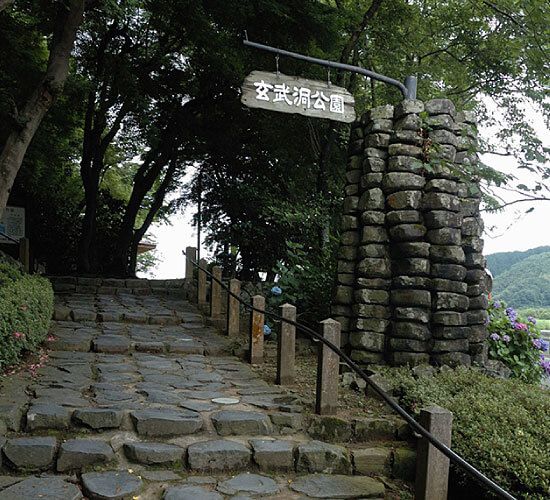
Entrance to the park and basalt caves.
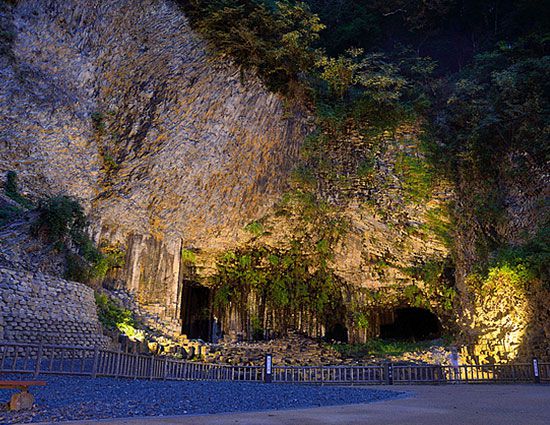
The basalt caves lit up at night.
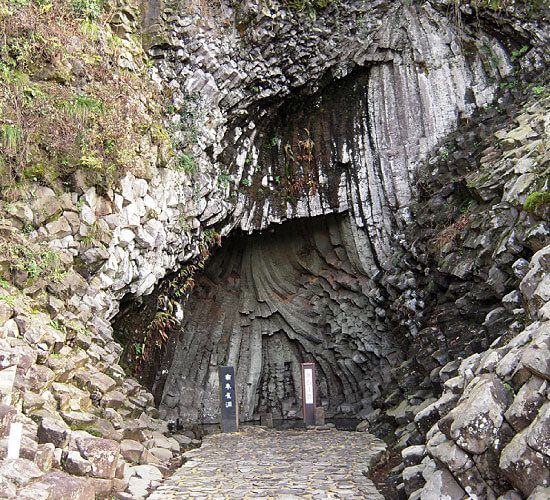
South Suzaku (Phoenix) Cave.
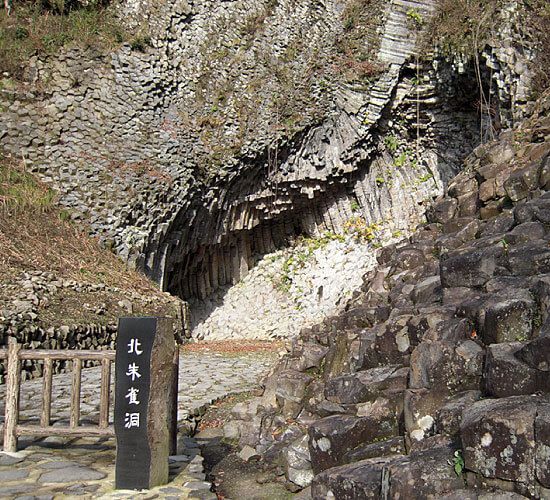
North Suzaku (Phoenix) Cave.
Information listed below was last updated 07/2025 and is subject to change.Contact the business directly for updated information. Note, most businesses can only speak Japanese.
BUSINESS INFORMATION
- Business Name
- Genbudo Park
- Business Hours
- 9:00-17:00
- Holidays / Closed
- Open year-round.
- Average Price Range
-
Boat from Gembudo Sta.
One-way fare:
Adults (age 13+) 400 yen
Children (age 6-12) 250 yen
Infants (4-6, preschool age) 150 yen
Round trip:
Adults (age 13+) 700 yen
Children (age 6-12) 400 yen
Infants (4-6, preschool age) 200 yen
(Operates 9:00 - 17:00)
General Admission (Park)
Adults 500 yen
Students 300 yen
- Language Support
-
Limited availability of English speaking staff
OTHER
- Parking
- Free parking
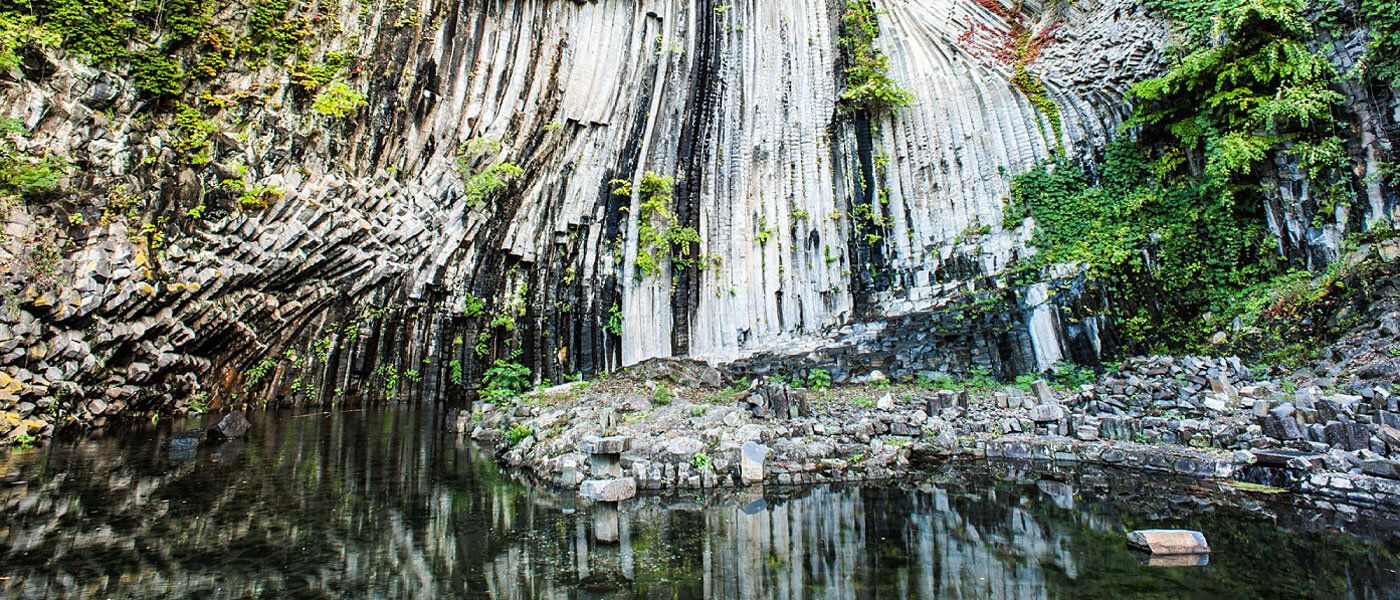
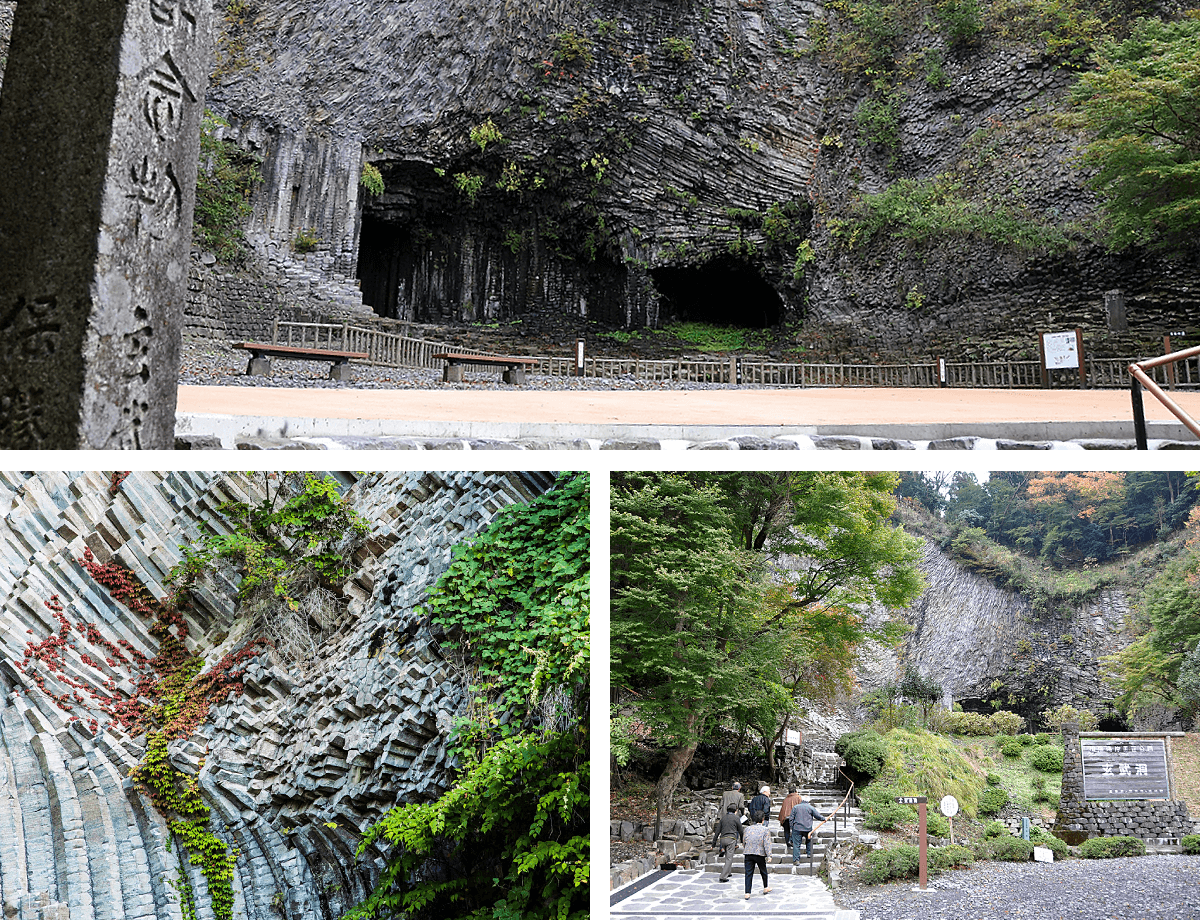
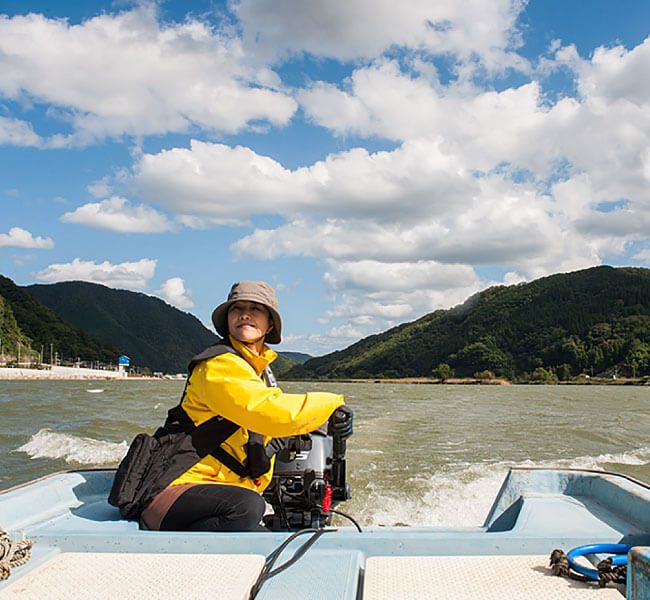
Home to the five beautiful basalt Genbudo Caves with over 1.6 million years of geological history, Genbudo Park was designated in 1931 as a National Natural Monument by the Japanese Government due to their significant role in the discovery of reverse magnetization, and the impressive caves are also part of the San’in Kaigan UNESCO Global Geopark, making it a perfect educational outdoor trip for visitors to the area.